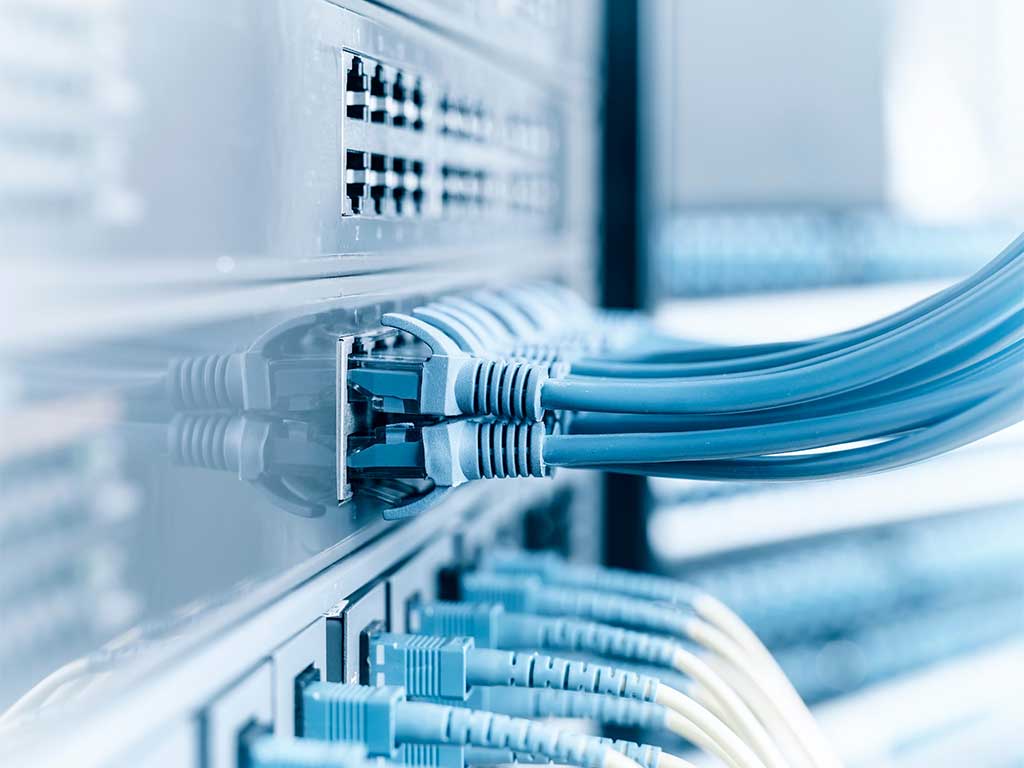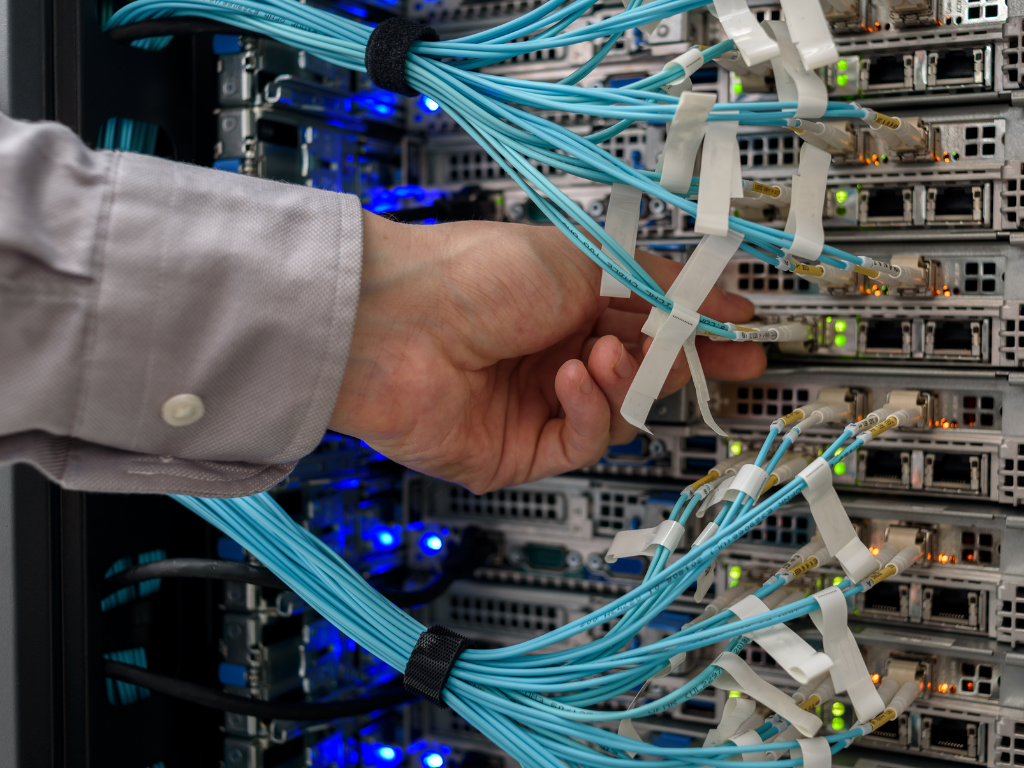Differences Explained
Understanding the difference between a microprocessor and a microcontroller is crucial for anyone venturing into the world of electronics, computing, or digital product development. At the heart of this distinction lies the core functionality and application of these two pivotal components that drive the modern digital era. Microprocessors serve as the central processing unit (CPU) of a computer, handling complex computations and tasks, while microcontrollers integrate a CPU, memory (RAM), and other peripherals on a single chip, optimized for controlling electronic devices. This fundamental contrast affects not only the performance but also the specific applications and efficiency of the devices you use daily.
As we delve deeper into the nuances of this topic, you will gain a clearer understanding of how a microprocessor’s flexibility in handling various tasks contrasts with a microcontroller’s specialized efficiency in managing specific functions. We’ll explore the design and integration differences that highlight why one might be chosen over the other for various projects, including a look at RAM, memory, and overall performance. Plus, examples of popular products that rely on each will illuminate their relevance and impact in the technology landscape. Whether you’re deciding which to incorporate into your next project or simply curious about the technology that powers devices around you, comprehending the key points about each will guide your path forward.
Fundamental Concepts
What is a Microcontroller?
A microcontroller is essentially a compact computer on a single integrated circuit, designed to manage specific operations within an embedded system. It integrates a processor, memory, and input/output (I/O) peripherals on one chip, allowing it to control a singular function in a device. By processing data received from its I/O peripherals and executing instructions stored in its program memory, a microcontroller can interpret this data and enact the appropriate action through its output devices.
Microcontrollers are embedded with both volatile and non-volatile memory types: program memory for long-term instruction storage and data memory for temporary data handling during instruction execution. This integration makes microcontrollers self-contained units that can operate independently, directly interfacing with sensors and actuators.
What is a Microprocessor?
A microprocessor, on the other hand, is a computer processor that incorporates the functions of a central processing unit (CPU) on a single or few integrated circuits. Unlike microcontrollers, microprocessors are designed to maximize computing power and require additional external chips to supply memory and other necessary components such as serial interfaces and input/output systems.
Microprocessors handle a variety of tasks and are fundamental to the operation of complex computing systems. They perform arithmetic and logical operations through an Arithmetic Logic Unit (ALU) and manage data flow between memory and the CPU. The integration of these functions onto fewer chips has made microprocessors critical in enhancing processing power and reliability in modern computing environments.
Design and Integration
Single-chip Solutions
Microcontrollers are renowned for their compact and efficient design, integrating all necessary computing components on a single chip. This includes the CPU, memory (both ROM and RAM), timers, serial communication interfaces, I/O ports, and various other peripherals like ADCs and DACs. Such integration facilitates quicker data processing and response times due to the short distances between components on the chip. This architecture is particularly beneficial in applications requiring high reliability and real-time performance, such as in embedded systems for medical devices or automotive controls.
Multi-chip Systems
In contrast, microprocessors typically require a multi-chip system to function effectively. They are the brain of the system, handling computations, but rely on separate external chips for memory storage, I/O interfaces, and other critical functions. This separation allows for greater flexibility and upgradeability; for example, you can easily increase RAM or swap out a damaged component without needing to replace the entire system. Multi-chip systems are prevalent in complex computing environments like personal computers and servers, where performance and scalability are crucial.
Microprocessors are often part of a larger microcomputer system, where additional chips form an integral part of the setup, enhancing the system’s overall capabilities. This design allows for the use of more powerful processors and the ability to handle a variety of tasks, making it suitable for applications requiring robust computational power. The trade-off, however, comes in the form of increased power consumption and physical space due to the multiple chips.
Both single-chip and multi-chip solutions offer distinct advantages, depending on the application requirements. Single-chip microcontrollers provide a compact, efficient solution for controlling specific functions within electronic devices, while multi-chip microprocessor systems offer flexibility and power for complex computing tasks.
Examples of Popular Products
Exploring the realm of popular microcontrollers and microprocessors reveals a variety of devices that have significantly impacted technology. Here, we dive into some common products that exemplify the capabilities of these components.
Common MCUs
Microcontrollers are at the heart of many embedded systems, whether they’re used in DIY projects or professional-level applications. Brands like Microchip offer a diverse range of microcontrollers:
- 8-bit PICmicro – Known for its single accumulator design, ideal for basic control applications.
- 16-bit Microcontrollers – These feature 16 general-purpose registers, enhancing their capability for more complex operations.
- 32-bit Microcontrollers – Provide increased processing power and memory, suitable for demanding applications.
Additionally, the ESP8266 and ESP32 by Espressif are notable for their extensive use in development boards like NodeMCU DevKIT and Wemos D1 Mini, which are popular among hobbyists and professionals alike for IoT projects.
Atmel’s offerings include the Atmega32u4 found in various development boards such as the Teensy 2.0 and Arduino Leonardo, known for their versatility and community support.
Common MPUs
Microprocessors, integral to the operation of computers, are represented by a wide array of products across different architectures:
- CISC – Classic examples include Intel’s 386 and Pentium series, which are foundational to modern computing.
- RISC – Notable examples are the DEC Alpha and IBM RS6000, which prioritize reduced instruction sets for efficiency.
- EPIC – Such as Intel’s Itanium processors, focus on parallel instruction computing.
Intel remains a dominant player with a comprehensive list of processors ranging from Intel Core series to the powerful Xeon and Itanium series, catering to everything from consumer electronics to enterprise servers.
Each product mentioned not only underscores the diverse applications of microcontrollers and microprocessors but also highlights the evolution of technology that these components have driven. Whether embedded in a simple home appliance or powering complex server architectures, these devices continue to shape the electronic landscape.
Which to Choose for Your Project
Embedded Systems
When selecting a component for embedded systems, microcontrollers are typically the preferred choice due to their integrated features which include a CPU, memory, and I/O ports all on a single chip. This integration not only makes them highly power-efficient but also cost-effective, making them ideal for applications requiring minimal human intervention. Common uses for microcontrollers include consumer electronics, medical devices, and automated systems in smart homes or lighting setups. Their ability to operate independently with low power consumption makes them especially suitable for battery-operated devices.
However, if your project demands high processing power, extensive computations, or the need to run a comprehensive operating system, a microprocessor might be the better option. Microprocessors, with their superior performance and flexibility, are suitable for more complex tasks but require additional components like external memory and I/O systems, which can increase both power consumption and overall cost.
General Computing
For general computing needs, such as personal computers that handle web browsing, gaming, or video editing, microprocessors are the standard choice. They offer the necessary computational power to manage multiple applications simultaneously and support complex software environments. When choosing a microprocessor, consider factors like clock speed, core count, cache size, and compatibility with other system components like motherboards and graphics cards. These elements are crucial in ensuring that your computing system performs efficiently and meets your specific requirements.
In addition to performance, also consider the power consumption and heat generation of the microprocessor, especially if you are building a system that needs to remain stable and efficient under load. Balancing these factors with your budget is essential, as higher performance typically comes at a higher cost. Ensure the microprocessor you select aligns with your performance needs and budget constraints to achieve the best value for your investment.
Conclusion
Through this comprehensive exploration, we’ve unravelled the intricate differences between microcontrollers and microprocessors, unraveling their functions, design principles, and specific applications in the technological spectrum. The core distinctions lay in their structure and purpose; microcontrollers offering an integrated, power-efficient solution for targeted tasks within embedded systems, and microprocessors providing the computational horsepower needed for complex processing and general computing tasks. These differences not only underline the practical considerations in their application but also highlight the evolving landscape of digital technology, where the choice between these components can significantly influence the efficiency, cost, and functionality of electronic devices and systems.
As the dawn of technology progresses, understanding the nuanced roles of microcontrollers and microprocessors becomes pivotal in making informed decisions for project development and innovation. The implications of selecting one over the team ripple through the design, efficiency, and scalability of digital solutions, making it imperative for developers, engineers, and tech enthusiasts to keep abreast of these components’ capabilities. Whether it’s powering simple gadgets or complex computational systems, the strategic choice between microcontrollers and microprocessors can be the cornerstone of technological advancement and digital product success.
FAQs
1. What are the primary distinctions between microcontrollers and microprocessors?
Microprocessors consist solely of a Central Processing Unit (CPU), while microcontrollers incorporate a CPU, memory, and input/output (I/O) interfaces all on a single chip. Microprocessors connect to ROM, RAM, and other peripherals using an external bus, whereas microcontrollers use an internal bus for these connections.
2. Why are microcontrollers preferred in smart home appliances over microprocessors?
Microcontrollers are favored in smart home appliances because they integrate a CPU, RAM, ROM, and other necessary components, eliminating the need for external peripherals. This integration allows microcontrollers to occupy less space, making them more suitable for compact devices like those used in smart homes.
3. What distinguishes a microprocessor from other processors?
A microprocessor is characterized by its ability to perform calculations, sort data, and make logical comparisons. Its distinctive feature is the integration of several different circuits into a single package, enabling complex processing tasks.
4. How do the pins differ between microcontrollers and microprocessors in terms of code execution?
Microprocessors execute instructions from RAM connected via a system bus, typically resulting in faster code execution due to the quicker read cycle of RAM. In contrast, microcontrollers generally execute code from their internal Flash memory.









